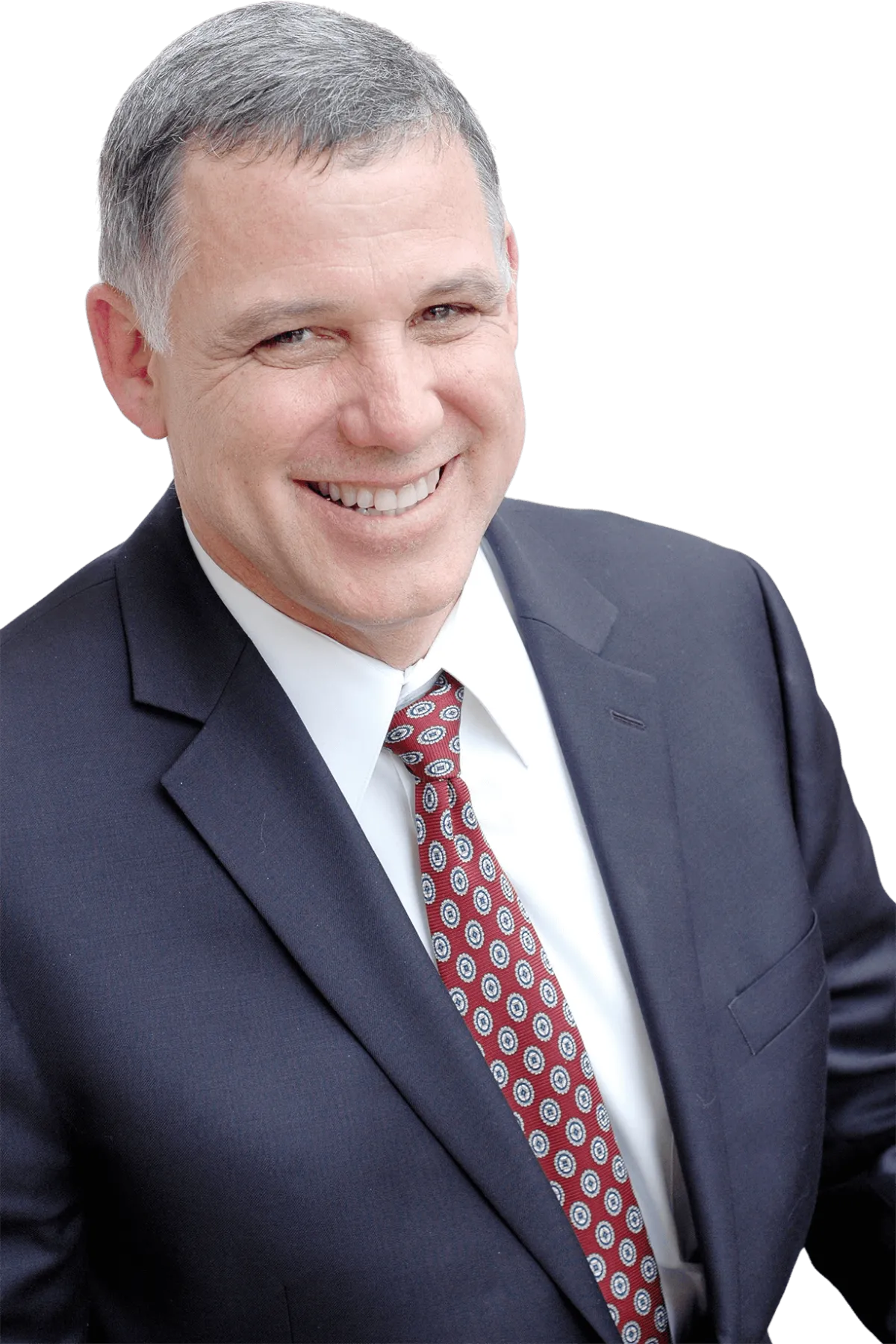We help businesses
Stop Chasing Revenue. Start Building Profit.
The most successful entrepreneurs know a secret: the path to greater profit isn't more work, it's a smarter strategy. Learn how to use the power of exponential growth to fundamentally strengthen your bottom line and implement the entire framework in a single afternoon.

We help businesses
Stop Chasing Revenue. Start Doubling Profit.
The most successful entrepreneurs know a secret: the path to greater profit isn't more work, it's a smarter strategy. Learn how to use the power of exponential growth to double your bottom line and implement the entire framework in a single afternoon.

Eric A. Merz Consulting
Owner
Claim your FREE Small Business Profit Assessment

See Clearly
Live Powerfully
AND ACHIEVE EXTRAORDINARY RESULTS
If you ask any small business owner what they need more than anything in their business, you get the same two answers every time… more clients and more revenue.
How would you like a simple, proven and tested way you can improve your profits with little time, effort or expense on your part?
My Online Business Academy is designed to help you generate more leads, attract more clients and make more money than you’ve ever made before in your business.
Upcoming Events
EXPLORE OUR LIVE AND VIRTUAL EVENTS
Live Events
Check out all our Live Local Events
Virtual Events
Attend One Of Our Virtual Events From Anywhere!
All Courses - Change Descripts

Tactical creation, promotion, and distribution of content.
BUSINESS COACHING
BENEFITS
Learn the skills you'll need
to promote and run business
Identify your values and goals
I have a special talent for helping business owners create competition-crushing marketing and provide the tools to keep your vision on track year after year.
Establish work and life balance
My business growth model is perfectly positioned to help business owners realize their dream of creating their own multimillion-dollar business that feeds their passion to achieve personal, financial, and professional freedom and vision for their future.
Move past your blind spots
I can show you how to easily identify opportunities for sustainable and consistent profit growth without spending an extra dollar on marketing or advertising.
Learning how to manage stress
Running a small business can be a pressure-cooker. Any entrepreneur can tell you that CEO really stands for Chief Everything Officer in a small to medium business. Let us help you find the release valve so you can run your business instead of you business running you.

Vertua Coaching
Owner
Eric Merz earned his Bachelor’s degree in Marketing from the University of Phoenix. Eric started his own company (Almendros, Inc.) in 1982 and still serves as its president. He understands the challenges of bridging the gap between “working in” the business and “working on” the business. Eric has also managed a processing facility for almonds and managed properties for absentee owners.
Eric has a passion for discovering untapped potential and achieving remarkable results within individuals and organizations. He has been involved in various organizations both private and public. In 2008, Eric became a Certified Business Coach through the Resource Associates Coaching Academy. He is also certified for process improvement through the Total Quality Institute.
New Book From Vertua Coaching
Discover how to unlock more profit from your business. This free guide provides a step-by-step roadmap to greater profitability. Download your copy instantly.
Find new revenue without new ad spend
Convert more prospects into customers
Simple methods to increase your margins

Trusted By

“When Covid 19 had really impacted our practice in March of 2020, I started working with Eric Merz. Since working with him, we have been able to increase the number of new patients by 72% from pre-Covid levels and the number of patient visits have increased by 66%. Eric, helps us stay focused on all aspects of our business. His questions and insights help us grow and improve. I look forward to continuing working with Eric to see what else we can accomplish.” Matthew G. Tatsuno DC

“Not only did you help improve efficiency and profitability but you enhanced the personal lives of our people. You helped us focus and Improve our sales from a negative growth position the first six months of the year and turned around to the largest year in sales ever by over $250K in a down economy. “ Michael Hawkesworth
Copyright © 2026 Eric A. Merz Consulting. All rights reserved
DISCLAIMER
The information contained on this website and the resources available for download through this website is not intended as, and shall not be understood or construed as, professional advice. While the employees and/or owners of the Company are professionals and the information provided on this Website relates to issues within the Company’s area of professionalism, the information contained on this Website is not a substitute for advice from a professional who is aware of the facts and circumstances of your individual situation. Nothing on this site, nor advice from our experts, shall constitute legal advice.









